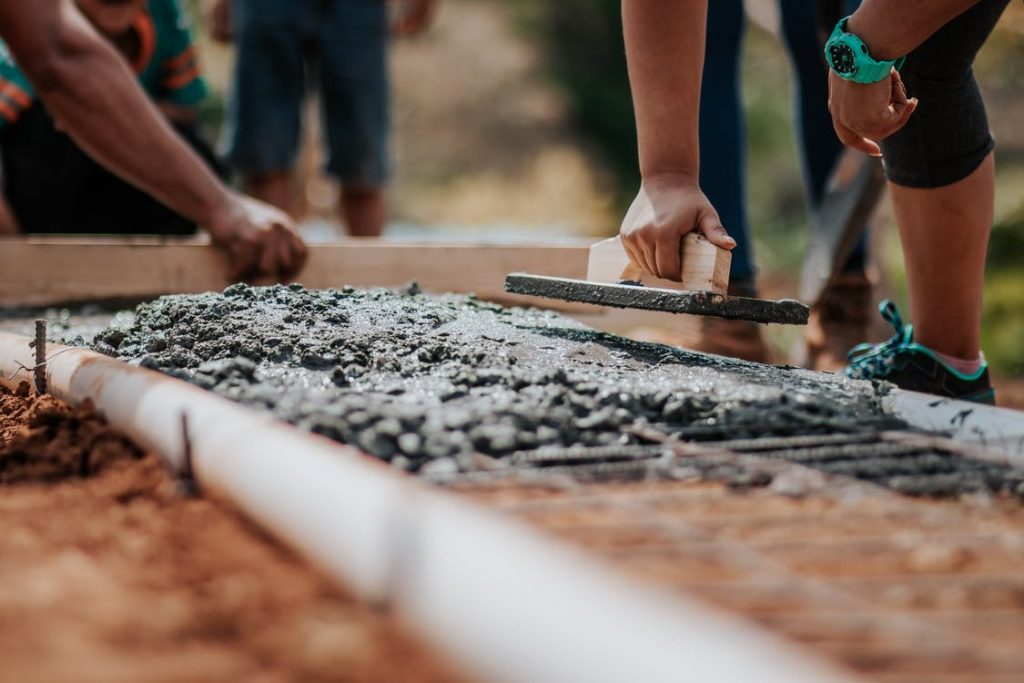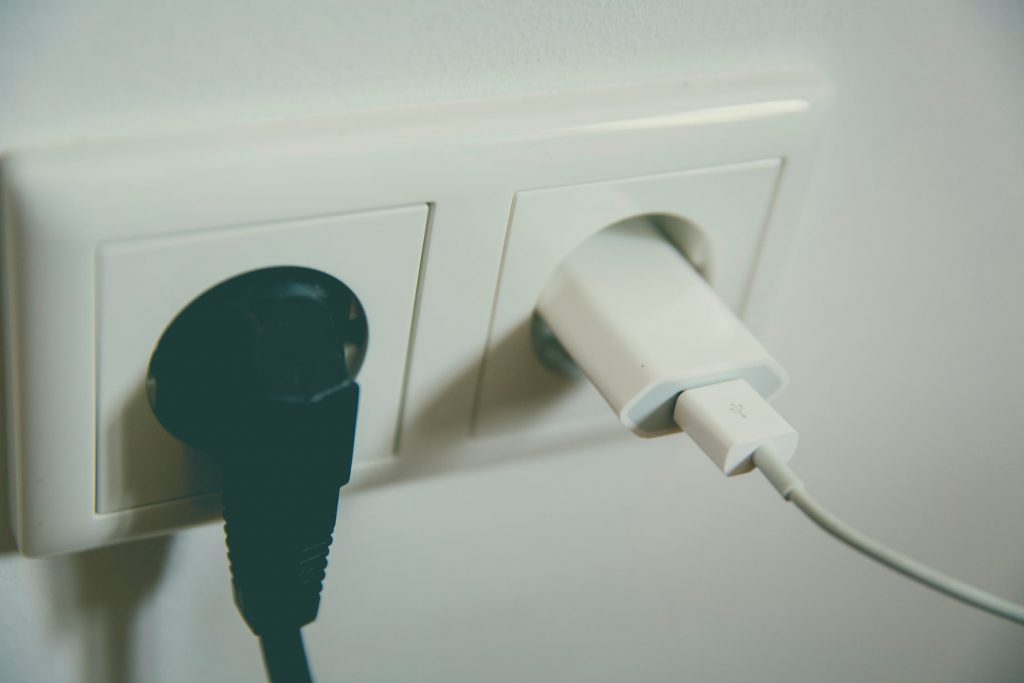Every house, given enough time, will turn into a ship of Theseus. Houses require constant maintenance as they grow older. Keeping a house in perfect condition is an ongoing project that will take time and money as time goes by. How much time and money will depend on your ability to spot issues before they become major problems. Here are a few ideas on how to do exactly that!

Check the Foundation
The foundation is arguably the most important part of any house and hence the first thing you need to check occasionally. Foundations don’t often develop issues on their own. In many cases, the cause of any foundation problems was poor quality control when the house was built or an inexperienced crew.
In other words, someone had to make a mistake at some point during the construction phase. Of course, if the house is on uneven terrain, the movement of the top layer of soil could also cause foundation issues.
Whatever the case may be, there are a few ways you can easily spot the onset of issues with your foundation:
- Check the walls – Cracks in walls or mortar will be a dead giveaway that something’s up with the foundation of the house. If you spot vertical cracks that are branching out from a single point in the foundation, chances are that your issues start there.
- Sagging floors – Next check the floors. Are they uneven? Is there any give at any specific part of the floor? Are your tiles cracked anywhere in the house?
- Doors and windows – Lastly, an easy way to check your foundation is to look at doors and windows. Aligning doors to a door frame is a delicate job and any movement in the foundation will show up in the gaps around the door. The same goes for windows, do they close properly? Can you lock all of them? Seemingly minor details such as these can tell you a lot about potential issues under your feet.
Roof Inspection
While the foundation ensures that your home is safe and stable, a good roof will prevent any environmental factors from causing trouble inside your home. Construction technicians from https://www.repairpricer.com note that a roof needs to be inspected at certain intervals to ensure that everything is fine. Of course, if you’ve had a massive rainstorm pass through your area, you’ll want to check the roof just in case.
First thing first, look for missing shingles or roof tiles. Roof damage will eventually cause all kinds of leaks, which will then cause other issues with the house. If all tiles are accounted for, try to spot areas where water tends to accumulate. You might have to wait for a rainy day for this one.
Spots, where there’s standing water on the roof, are likely to cause leaks over time. Such spots can take years to cause damage, but they most likely will lead to problems if left unattended.
Moisture and Rotting Wood
If there’s one thing that can bring down any structure, no matter what it’s made of, it’s water. Looking for signs of moisture in walls, doorways, floors, and ceilings is a great way to put a stop to any potential issues. Left unchecked, moisture can easily cause mold inside your walls, sometimes even deep into the superstructure of your home.
Repairing rotting wood within the load-bearing elements of a home is an expensive, and often difficult job. It’s much better to spot any issues beforehand and deal with them on time.
Check the Electrical Wiring

Electrical wiring on newly built houses has to pass inspection. However, what happens afterward is anyone’s guess. If you’ve purchased a house that was built long before you got there, there is a chance that some of the wirings have been tampered with.
Usually, when people try to save a dime on every single maintenance process, it’s the electrical work that suffers the most. Wiring that breaks code, shoddy electrical work, and generally fixes that break common sense, let alone rules and regulations, is a common sight in older houses.
To spot these, look for any disturbances in the electrical system of your home. Check for flickering lights, light switches, and power outlets that heat up when used, and similar issues.
Staying on top of any potential issues with your house is the best way to keep serious problems at bay. Ignoring issues and hoping they’ll go away never works in your favor. Doing so will only make the repair bill higher.
